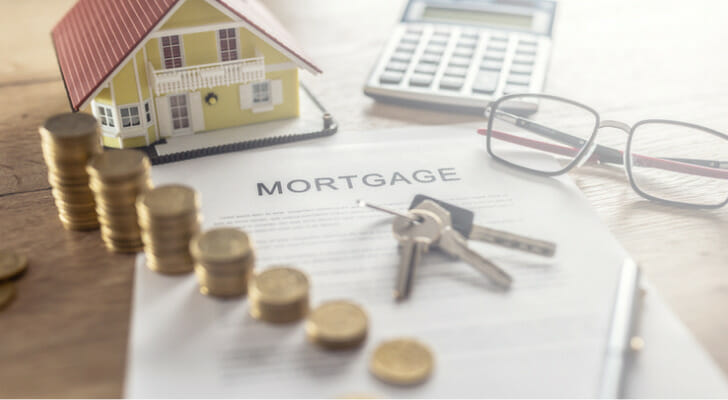Solving the typical 30-year mortgage rate may be a home financing puzzle.

Average 30-year Mortgage Rate (Photo: Google)
30-Year Fixed Mortgage Stability
This mortgage’s long-term stability and predictability appeal to homeowners. This thorough look at the 30-year mortgage rate will explain everything.30-year fixed mortgages have fixed interest rates and payback periods. This ensures monthly principal and interest payments for homeowners despite tax and insurance changes.
Recent research shows a 30-year fixed mortgage averages 6.5% to 7%. These rates depend on market conditions, borrower creditworthiness, and other factors. A credit score determines mortgage rates. Better credit ratings mean cheaper lending rates and less lender risk.
Mortgage rates depend on down payments. Higher down payments cut loan rates and lender risk. Inflation, Fed policies, and the economy effect interest rates.
READ ALSO: How A Son’s Plan To Secure An Annuity For His Sister Threatens Their Father’s Financial Security
Understanding Regional Mortgages
Markets and state lending laws affect mortgage rates. Fixed mortgage payments simplify budgeting and explain costs throughout the term. Loans with longer terms provide lower monthly payments, making them more affordable. People should know that 30-year mortgages feature lower monthly payments but higher interest rates.
Beginning mortgage rates reflect current market conditions and need perspective, especially compared to prior trends. Lenders may offer varying conditions, so borrowers should search around for the best rate. Long-term buyers have possibilities despite higher rates than historic lows, say experts. To sweeten deals, some lenders offer rate buydowns or extended rate freezes.
Homebuyers seeking long-term, affordable monthly payments may benefit from the average 30-year mortgage rate of 6%. Homeowners like this rate despite extensive study and market variations.
READ ALSO: Indiana Residents Eligible For Up To $1,751 In Food Stamps – Payments End Tuesday!

















































